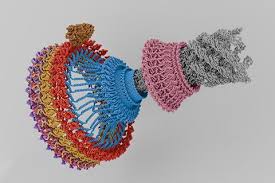My Projects
Here are some of my recent projects. I'm always working on something new, so check back often!
 In Progress
Ask Wikipedia Anything RAG + SLM
In Progress
Ask Wikipedia Anything RAG + SLM  Automated Flagellar Motor Localization in Cryo-ET Machine Learning + BioPhysics
Automated Flagellar Motor Localization in Cryo-ET Machine Learning + BioPhysics  Skyview Aerial Landscape Classifying land based on satellite images
Skyview Aerial Landscape Classifying land based on satellite images  Carabid Beetle Classification British carabid beetles
Carabid Beetle Classification British carabid beetles  Capstone: Agricultural Retail Business Analysis Inventory Optimisation + Sales Trends
Capstone: Agricultural Retail Business Analysis Inventory Optimisation + Sales Trends  Dog Face Detection using YOLOv8 Object Detection
Dog Face Detection using YOLOv8 Object Detection  Houc Connects Service Professionals with Customers
Houc Connects Service Professionals with Customers  FlaskTunes Full-featured music streaming application
FlaskTunes Full-featured music streaming application  Shortier Shorten URL from your terminal
Shortier Shorten URL from your terminal